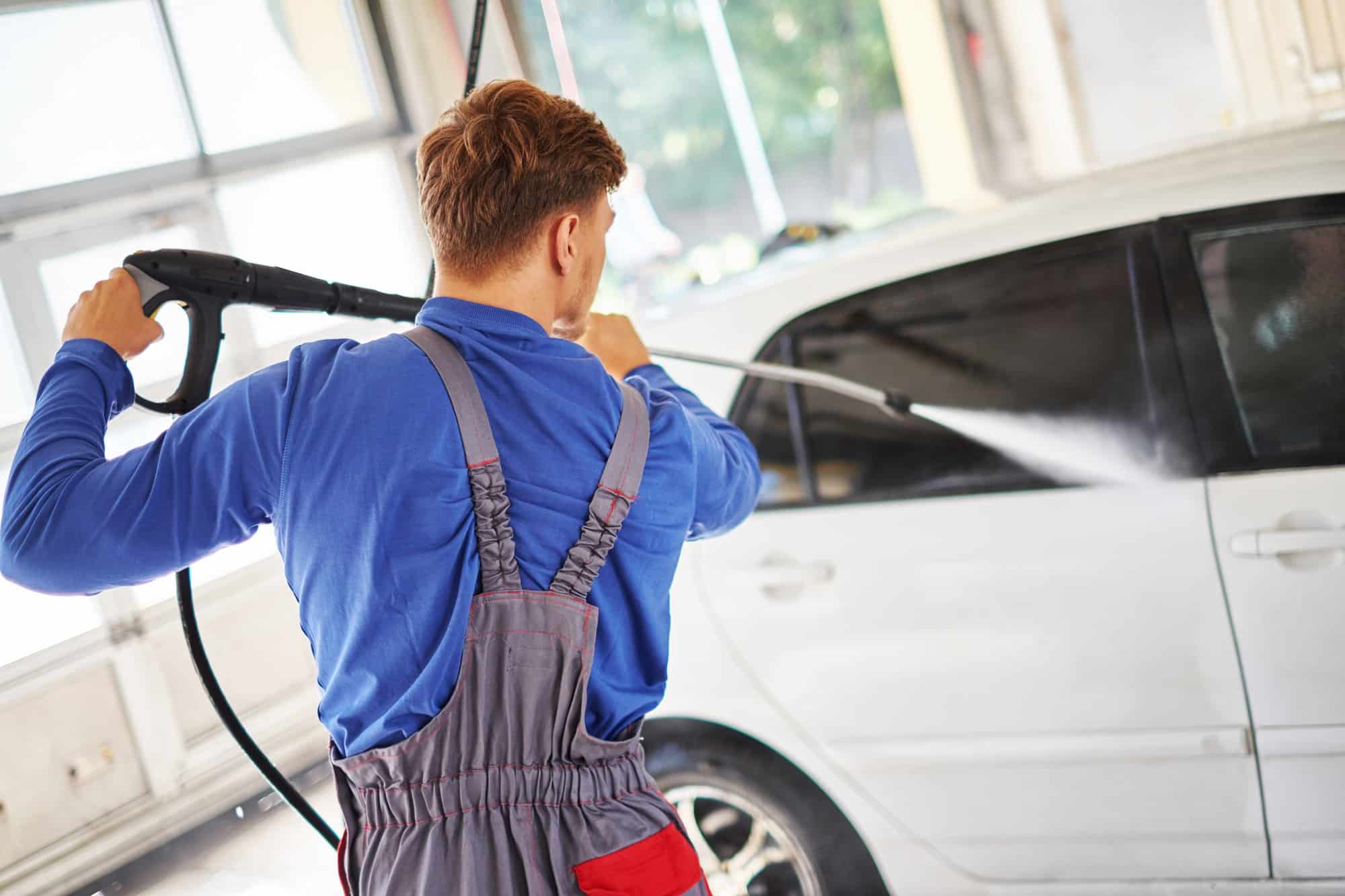Car detailing is not just a superficial clean; it's a craft that restores and safeguards your vehicle, ensuring it appears and seems brand new. Whether you're an automotive aficionado or simply someone who wants to maintain their asset, understanding the details of auto detailing can be crucial. This guide will walk you through thorough methods and essential tips that will enhance your auto detailing skills, helping you achieve that showroom shine with simplicity.
Many people often wonder why regular auto detailing is important. Beyond the visual benefits, consistent detailing can extend the lifespan of your vehicle and enhance your overall ride. In this definitive handbook, you will learn about important differences such as interior versus exterior detailing, professional advice on how frequently to detail your vehicle, and common mistakes to avoid. Dive in as we explore the art and techniques behind keeping your vehicle in excellent shape, guaranteeing both its beauty and performance are maintained for the long term.
Understanding Auto Detailing: Importance and Frequency
Auto detailing is a vital aspect of vehicle maintenance that reaches far beyond a mere wash and wax. It involves a thoroughly cleaning and restoration of both the interior and exterior of the vehicle, helping to protect its appearance and value. Consistent detailing not only improves the visual appeal of your car but also shields its surfaces from harm, such as UV rays, grime, and contaminants. By investing in regular detailing, car owners significantly enhance their driving experience while also making certain their vehicle remains in prime condition.
The rate of auto detailing can fluctuate based on several factors, including driving behaviors, environmental conditions, and the vehicle's age. Professionals generally recommend detailing your car at a minimum of twice a year for maximum maintenance. However, owners who frequently drive in difficult conditions, such as intense rain or high temperatures, may discover that detailing every three to four months is more suitable. Keeping a consistent detailing schedule can help avoid more severe damage and keep your car appearing its best.

Comprehending the multiple aspects of auto detailing is crucial for ascertaining what your vehicle needs and how often it should be maintained. Interior detailing focuses on sanitizing and disinfecting surfaces like seats, carpets, and dashboards, while exterior detailing involves washing, waxing, and polishing the vehicle's body. Knowing when to focus on each type of detailing service will make sure your car not only looks good but remains healthy and functional over time.
Techniques for Efficient Indoor and Exterior Maintenance
To achieve a comprehensive indoor cleaning, start by clearing all personal belongings and any carpet mats. Use a vacuum with different attachments to access under seats, between cracks, and in additional difficult-to-access areas. Pay special attention to wiping the dashboard, doors, and console, where dust and grime can accumulate. Use microfiber cloths to wipe down surfaces with a appropriate cleaner, ensuring not to leave streaks or residue behind. For fabric, utilize suitable cleaners and brushes to gently lift stains, followed by extracting moisture to prevent mildew.
Outdoor detailing should begin with a proper wash to remove dirt, grime, and contaminants from the surface. Use a two-bucket method to minimize the risk of scratching; one bucket for detergent water and the other for rinsing. After washing, clay treatment can be applied to remove embedded debris, resulting in the paint smoothened. Once the surface is cleansed, consider applying a wax or ceramic coating for long-lasting protection and shine. This step not only enhances aesthetics but also acts as a barrier against UV rays, contaminants, and environmental pollutants.
In conclusion, regular maintenance is essential for both interior and outdoor care. Schedule detailing sessions based on your vehicle’s utilization, environment, and weather conditions. During seasonal changes, adapt your care techniques to address specific challenges, like pollen in spring or road salt in winter. Using high-quality products specifically designed for automotive care will yield better results and preserve your vehicle's condition in the long run, confirming that consistency and quality are key to effective auto detailing.
Typical Errors and Recommended Practices in Auto Detailing
One of the frequent mistakes in auto detailing is using the incorrect cleaning agents or techniques. Many vehicle owners fail to recognize the importance of applying pH-balanced shampoos and microfiber cloths. Using harsh detergents can strip protective wax or ceramic coatings, resulting in dull paint. To prevent this issue, always choose products specifically designed for automotive use and adhere to the manufacturer’s instructions for the optimal results.
Another common mistake is overlooking the intricate areas of the car, such as grills, wheel arches, and seams. A thorough detail should not just focus on the visible surfaces; these hidden areas can collect dirt and grime, which may lead to corrosion over time. Get into the practice to use smaller brushes and detailing tools to get to these spots, ensuring every nook and cranny is cleaned. This attention to detail can greatly enhance the overall appearance and longevity of the vehicle.
Lastly, many people overlook the significance of proper drying techniques after washing their cars. Using https://anotepad.com/notes/pjiadt4n or methods can cause swirl marks on the paint. It's advisable to use soft, absorbent microfiber towels and dry the car in soft, straight motions, not using circular patterns. Additionally, consider using a quality quick detailer spray to enhance shine while drying and provide an additional layer of protection. Adhering to these best practices will not only help in preventing common pitfalls but also ensure a high-quality detail every time.
